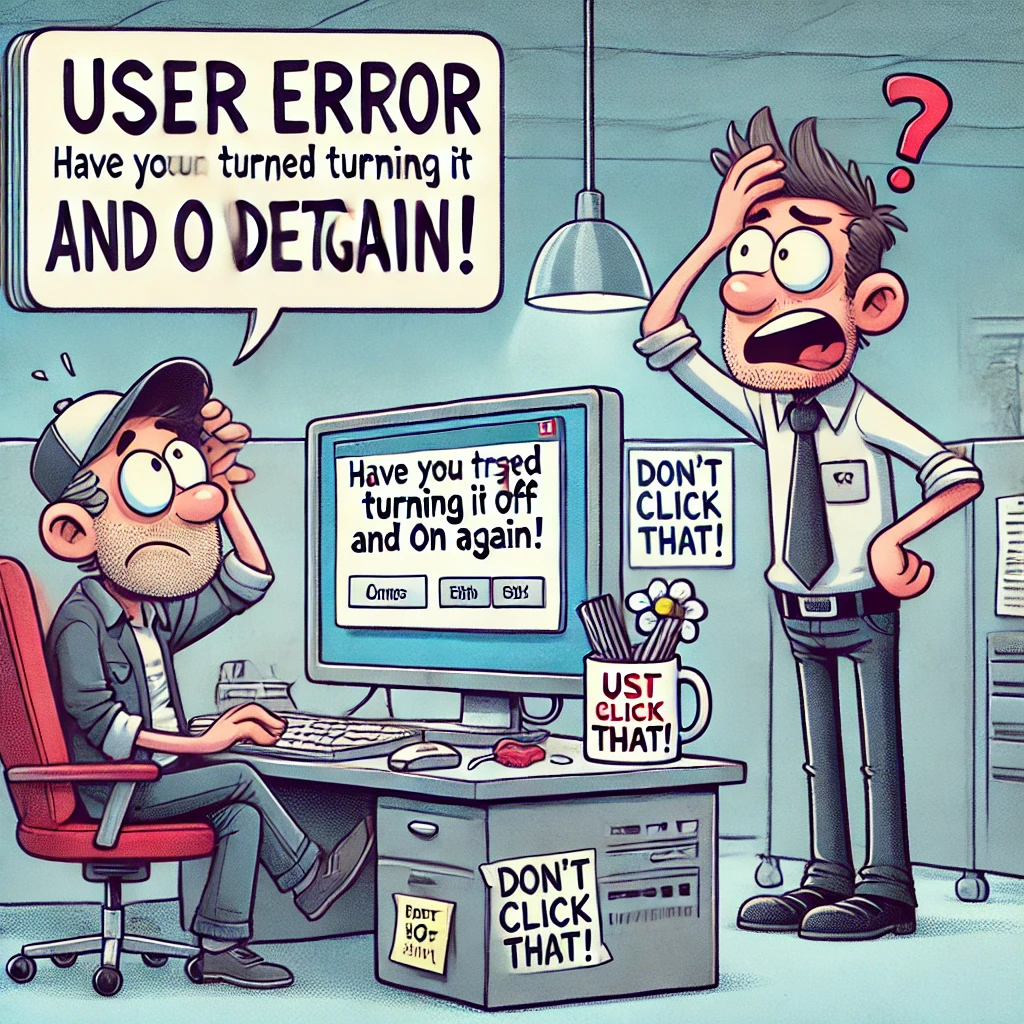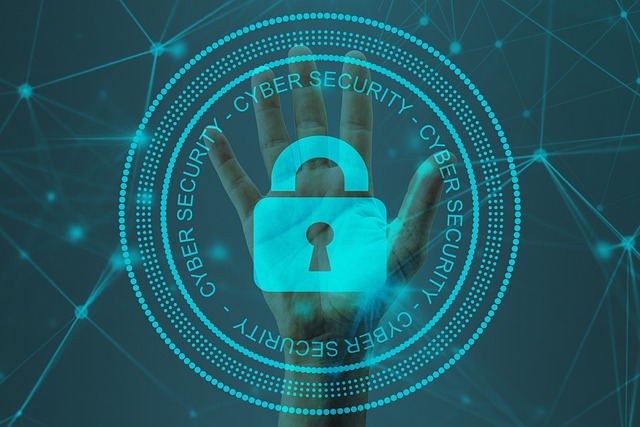Tech is no longer just about gadgets and gizmos; it’s about transforming the way we work, connect, and grow. In Berkshire, a region buzzing with entrepreneurial spirit, small and medium-sized businesses (SMEs) are tapping into the latest tech trends to stay ahead of the curve. Whether it’s streamlining operations, enhancing security, or improving communication, technology is reshaping the business landscape.
So, grab your coffee (or tea, if that’s your thing) and buckle in as we explore the top 10 technology trends shaping business growth in Berkshire. Spoiler alert: This might just give your business the edge it needs!
1. The Cloud: Not Just for Rainy Days
Gone are the days when “cloud” only meant grey skies ruining your weekend plans. Today, cloud computing is the backbone of modern businesses.
Cloud services allow SMEs to store data securely, collaborate in real time, and scale operations without breaking the bank. Imagine accessing your files from anywhere—whether you’re at your desk in Reading or sipping a latte in Windsor. It’s flexibility at its finest.
For businesses in Berkshire, the cloud also levels the playing field. You don’t need Silicon Valley budgets to compete; you just need the right cloud provider. Pro tip: Look for managed IT services that can guide you through the transition seamlessly.
2. Cybersecurity: Fighting the Good Fight
Let’s face it: cyberattacks are no longer a plotline reserved for James Bond movies. For Berkshire businesses, cybersecurity is mission-critical.
With phishing scams, ransomware, and data breaches on the rise, SMEs must prioritize robust cybersecurity measures. Tools like multi-factor authentication (MFA) and antivirus software (shoutout to Bitdefender!) are no longer optional—they’re essential.
The good news? Staying ahead of cyber threats doesn’t have to feel like rocket science. A proactive IT support partner can help you implement security solutions that protect your business without disrupting your day-to-day operations.
3. Remote Working: The New Normal
Remote working isn’t just a pandemic trend—it’s here to stay. And Berkshire businesses are embracing the shift like pros.
From Ascot to Slough, companies are equipping their teams with tools to work from anywhere. Think video conferencing, project management software, and secure remote access. Productivity apps like Microsoft Teams are the unsung heroes of this digital transformation.
But let’s not forget: Remote working comes with its own set of challenges. That’s where IT support services step in, ensuring your tech runs smoothly so your team can focus on what really matters—getting the job done.
4. VoIP: The Future of Communication
Say goodbye to clunky landlines and hello to VoIP (Voice over Internet Protocol). This tech marvel is revolutionizing business communication in Berkshire.
With VoIP, you can make and receive calls over the internet, cutting costs and boosting flexibility. Whether you’re coordinating with clients in High Wycombe or collaborating with your team in Bracknell, VoIP ensures crystal-clear communication.
Plus, advanced features like call forwarding, voicemail-to-email, and video conferencing make VoIP a no-brainer for SMEs looking to enhance their communication game.
5. Artificial Intelligence: Your New Office Assistant
AI isn’t just for sci-fi movies anymore. It’s now a practical tool for businesses looking to automate tasks and make smarter decisions.
From chatbots that handle customer queries to AI-powered analytics tools, the possibilities are endless. Imagine having a virtual assistant that never takes a coffee break—sounds like a dream, right?
In Berkshire, forward-thinking businesses are using AI to improve customer experiences, streamline operations, and even predict market trends. The future is officially here, folks.
6. Data Analytics: Turning Numbers into Knowledge
If data is the new oil, then analytics is the refinery. In today’s data-driven world, businesses can’t afford to ignore the power of analytics.
Data analytics tools help SMEs track performance, understand customer behavior, and uncover growth opportunities. Whether it’s website traffic, sales trends, or social media engagement, the insights are invaluable.
For Berkshire businesses, leveraging data analytics isn’t just about keeping up—it’s about staying ahead. After all, knowledge is power, and data is the ultimate knowledge source.
7. IT Security Awareness: Knowledge is Power
Speaking of knowledge, IT security awareness is a trend every Berkshire business should jump on.
With cyber threats becoming increasingly sophisticated, educating your team on best practices is a must. Think phishing prevention, password management, and secure remote working. An IT security awareness course can be a game-changer.
Remember: A well-informed team is your first line of defense against cyberattacks. So, invest in training and watch your business become a fortress of cybersecurity.
8. Automation: Work Smarter, Not Harder
Automation isn’t about replacing humans; it’s about freeing up time for what humans do best—innovating, connecting, and growing.
From automating routine tasks like data entry to streamlining customer service with chatbots, automation is a game-changer for SMEs. And the best part? It can save you both time and money.
In Berkshire’s competitive business scene, automation is the secret weapon that lets you focus on what really counts: building relationships and driving growth.
9. Green Tech: Sustainability Meets Profitability
Sustainable business practices are no longer optional; they’re a necessity. And green technology is leading the charge.
From energy-efficient hardware to cloud solutions that reduce your carbon footprint, green tech is helping Berkshire businesses go green without compromising on performance.
Customers and clients are also more likely to support businesses that prioritize sustainability. So, adopting green tech isn’t just good for the planet—it’s good for your bottom line too.
10. Digital Marketing: The Online Gold Rush
Last but definitely not least, let’s talk about digital marketing. In a world where everyone and their cat is online, having a strong digital presence is non-negotiable.
SEO, social media, email campaigns, and content marketing are just some of the tools in your digital arsenal. And let’s not forget the power of local SEO to attract clients from Ascot, Beaconsfield, and beyond.
For Berkshire businesses, digital marketing isn’t just a trend—it’s a lifeline. So, invest in it, and watch your business grow like never before.
Conclusion: The Tech-Forward Path to Success
Technology is no longer just a part of business; it is business. By embracing these trends, Berkshire SMEs can not only survive but thrive in an ever-evolving landscape.
From the cloud to cybersecurity, remote working to AI, the opportunities are endless. And the best part? You don’t have to navigate this journey alone. With the right IT support partner, you’ll have the tools, guidance, and confidence to take your business to new heights.
So, what are you waiting for? The future is now—go out there and seize it!











